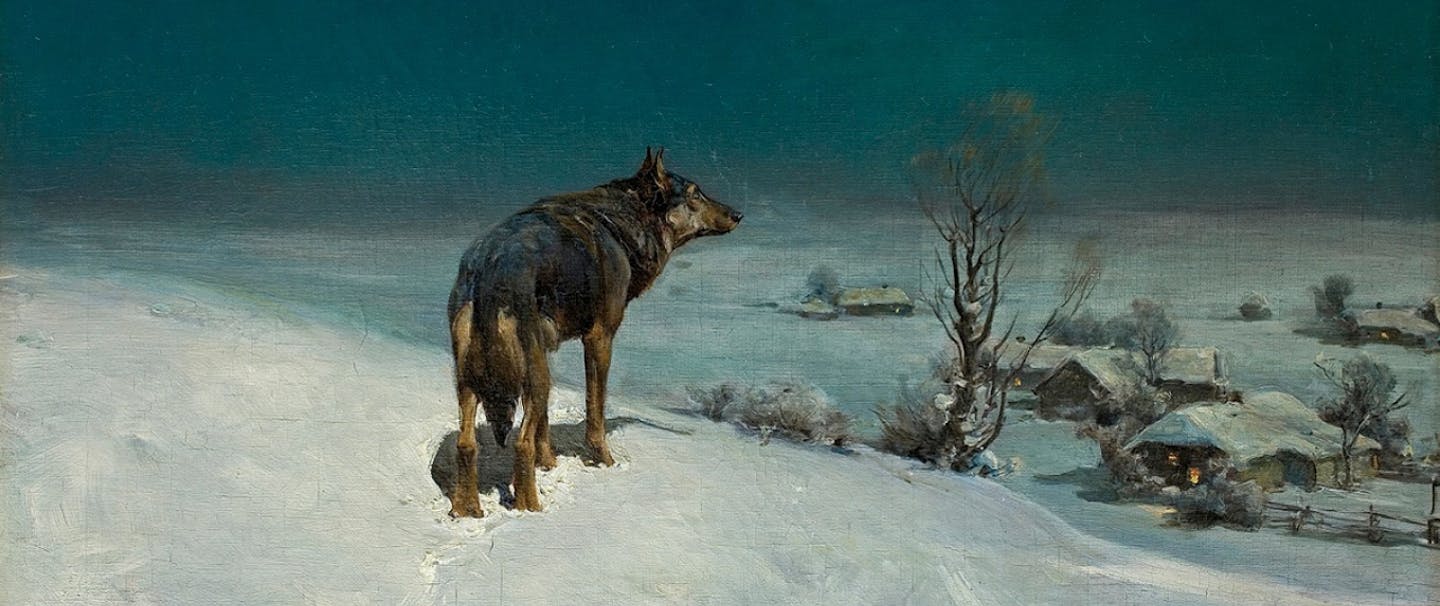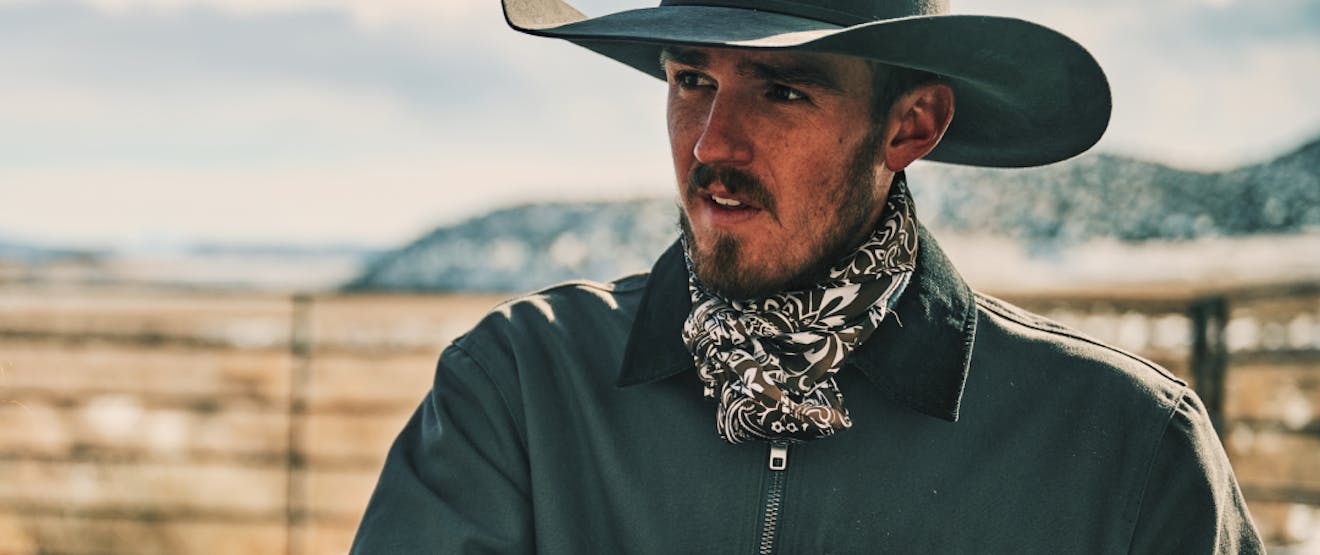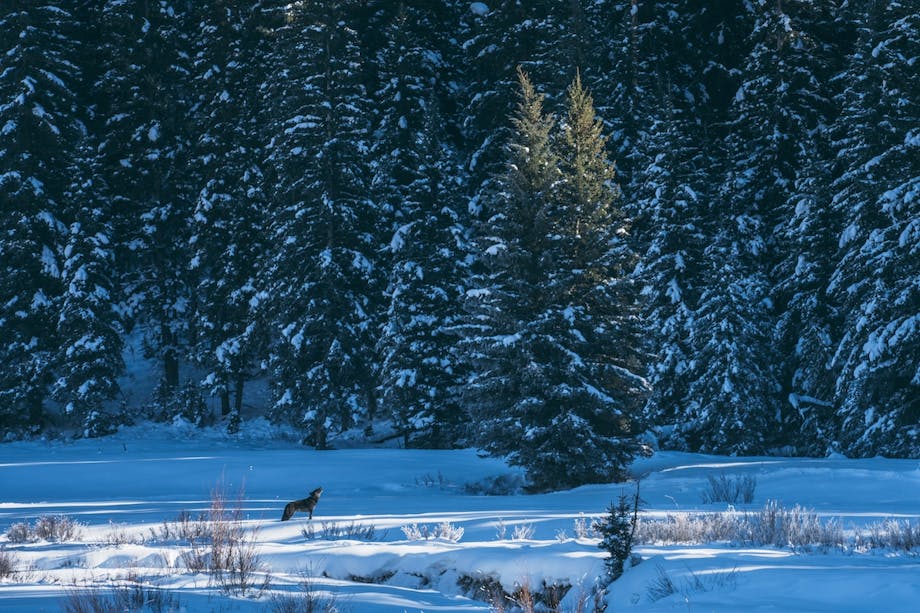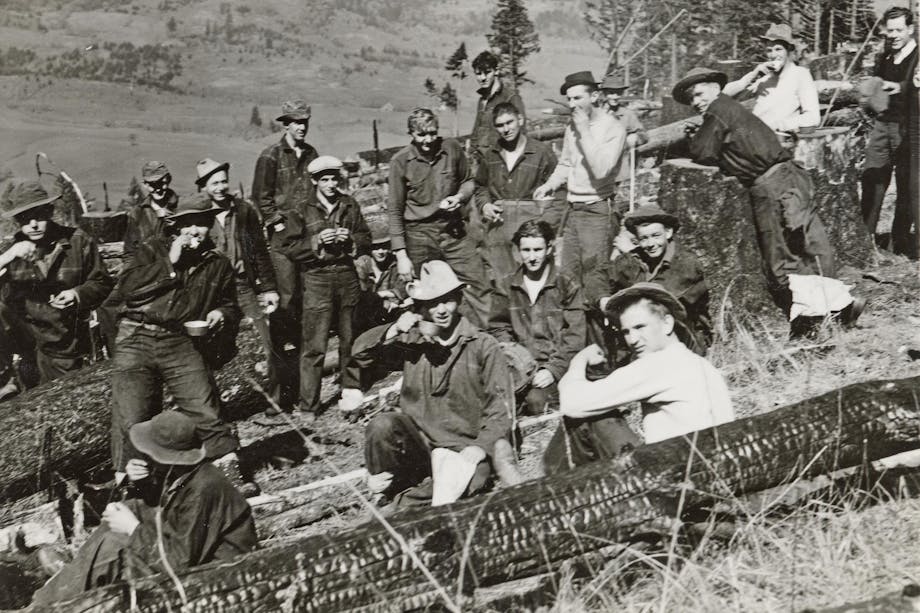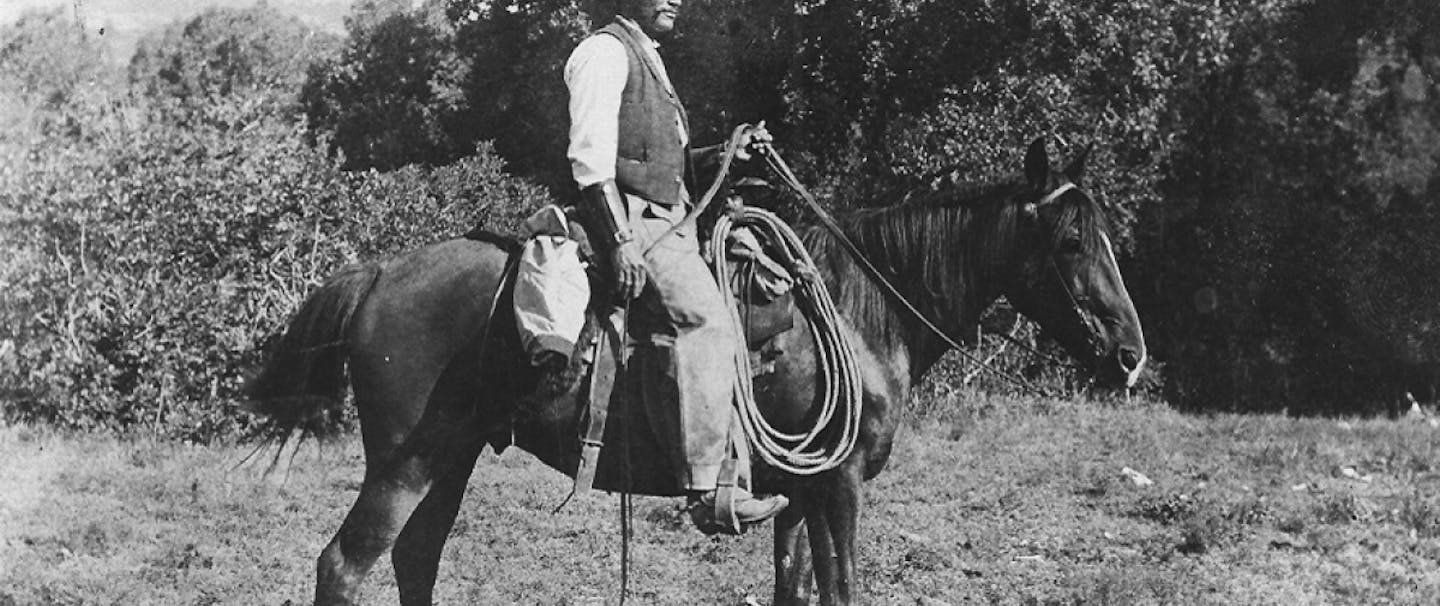This article was written by Ben Long—father, hunter, conservationist, journalist, and outdoorsman who splits his time between Idaho and Kalispell, Montana. He is the founding editor of Backcountry Journal and a member of Backcountry Hunters & Anglers.
—
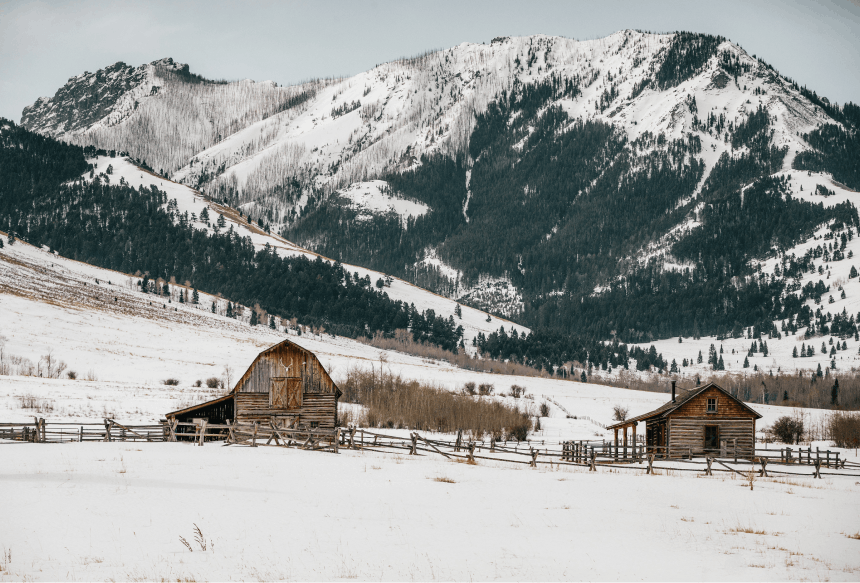
The deer, or what was left if it, looked as if it had swallowed a grenade.
It was a cold, overcast morning in northwestern Montana. Our group of three had skied down a snowy forest road, one ridge south of Canada. Fresh wolf tracks dotted the snow before us.
We rounded a turn to glimpse a large gray wolf disappearing into the trees. Looking about, we found a drama writ red on white. Besides the blood, and the hoof and paw prints, we found a scrap of hide and a jaw fragment of a yearling whitetail.
In a way, the bone represented one of the rarest things in the world of wolves in today’s American West: A fact.

In 2021, Montana Gov. Greg Gianforte was sworn into office, the first Republican in the state’s executive branch for 16 years. Weeks later, he made national headlines by killing a wolf in a trap on a friend’s property just north of Yellowstone National Park. There was a legal kerfuffle, as Gianforte had failed to complete the required online educational course before legally trapping a wolf in Montana. If you expected a scandal, you would have been disappointed. In certain circles in the West, killing a wolf, like body-slamming an out-of-state journalist (which Candidate Gianforte also did), is as likely to win you votes as lose them. Any legal complications provide cheap publicity. Gianforte and the Montana State Legislature went on to pass a slate of laws to make it easier to kill wolves.
To understand wolves in the modern West, consider this. They are almost never viewed as mere animals. They are symbols; in particular, symbols of change.
People in the West tend to like the place as it is—big, open country; rugged lands and weather; people who are friendly but well-scattered. We like the West we grew up in, or the West as it was when we moved to it. The West of Tomorrow? Well, it’s less appealing.
For people of my generation, our baseline was set when wolves were more rumor than reality. Previous generations had trapped and poisoned them out. But in the 1980s, wolves started trickling back into Montana. In 1995 and ’96 the Clinton administration captured 66 wolves from Canada and, under the protection of the Endangered Species Act (ESA), released them in Wyoming and Idaho.
Nobody knew what to expect, but the wolves did what they do best: hunted, traveled, and reproduced. Today, perhaps 2,000 wolves roam Idaho, Montana, and Wyoming. They no longer are listed under the ESA. Their offspring are recolonizing Oregon and Washington, even Colorado. One made it nearly to LA. It’s one of the greatest conservation success stories ever, especially of a large carnivore.

Many animals kill for a living, but wolves compete with Homo sapiens in that they eat elk, deer, moose, and sometimes livestock. The debates about wolves are in part about biology, economics, and disagreements over the consequences of having wolves on the land. But the debate also reveals how much we are willing to share, and how we see our place in the world.
“In much of Montana, people have a direct family connection to the generation that got rid of the wolves decades ago,” said biologist Jim Williams, Regional Supervisor of Montana Fish, Wildlife & Parks. Arguing for wolves is in essence telling people their grandparents were wrong. “You’ll lose that argument every time.”
Williams notes that with wildlife, values shade perceptions.

Consider that wolves and mountain lions are about the same size. They both require about a deer’s worth of protein per week. Williams estimates that in northwestern Montana, where we live, there are probably two mountain lions for every wolf. But when it comes to headlines, wolves get the most ink.
Why? In part because mountain lions have always been out there, skulking in the shadows. We perceive wolves as something new.
In the 1940s, in A Sand County Almanac, Aldo Leopold wrote “only the mountain has lived long enough to listen objectively to the howl of the wolf.” It’s still true. True as bone and blood scattered in the snow.
